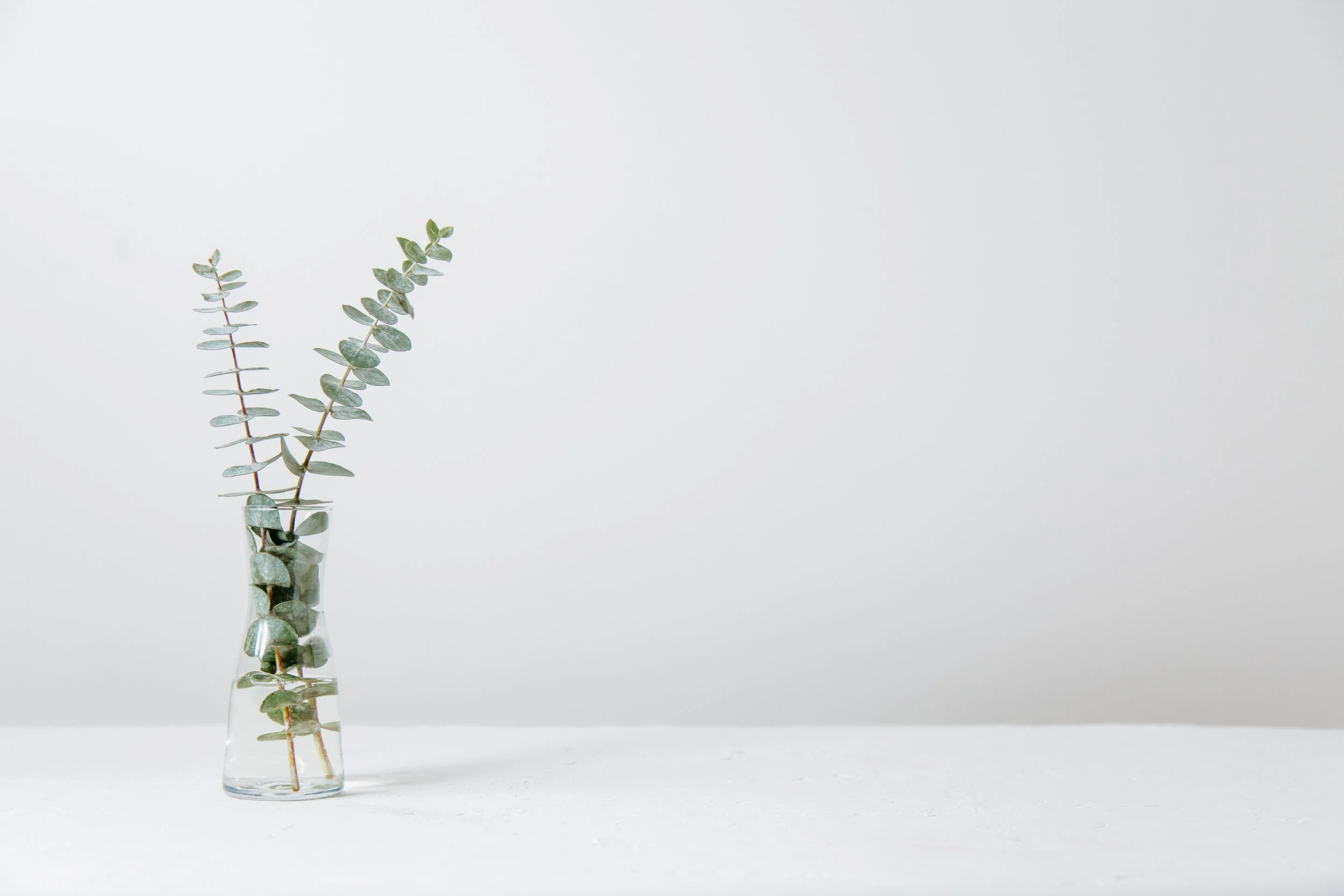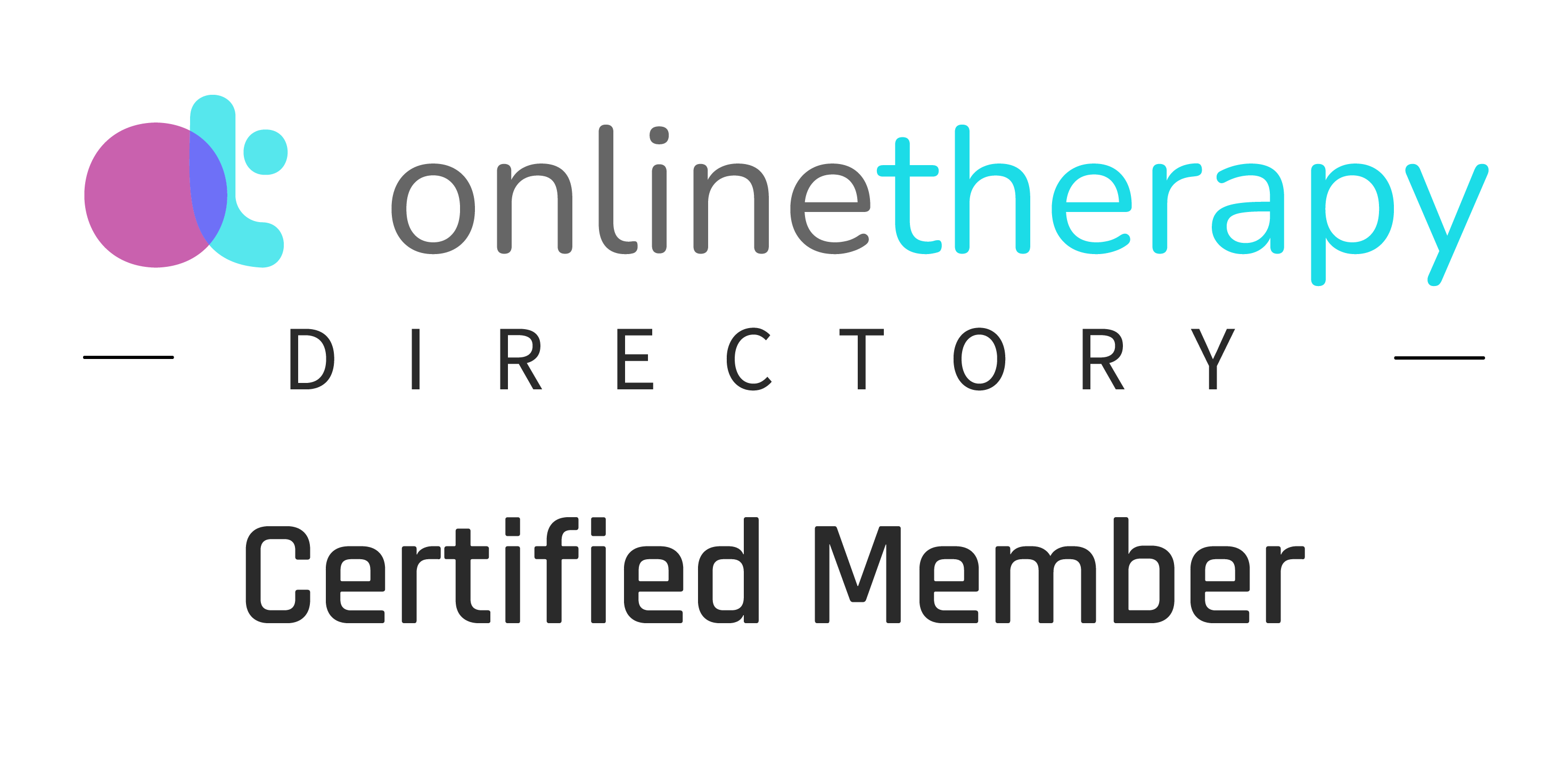I often like to ask people I'm coaching: Which of these looks like a more interesting life when you step back at the end of it?
Because many of us have been conditioned for so long in binary and linear thinking, we hate the idea of life as a "jungle gym." We want to get to the "top" of our ladders - to that very small square inch we consider "success" - and we want to get there now…
Ikigai
Questioning where you're ultimately headed in your career? The ikigai is an exercise I did when trying to figure out the next direction in my own. Here’s how you can, too:
Create a Venn Diagram with 4 overlapping circles (I admit 4 is messy, so recommend using a cup to aid your artwork!) Label each circle with the following…
Balancing lifestyle and career
Build your career around your lifestyle, not your lifestyle around your career.
Have you ever stopped long enough to consider the difference? When we grow up with the question what, rather than who, we want to be when we grow up, it can become easy to conflate the career we want with the lifestyle we want without really realizing it. In fact, the career you want and the lifestyle you want can be really different, and when they come in conflict, intentional choices and compromises sometimes have to be made.
How to find your purpose through your strengths
One of the topics I found to be most valuable in our Positive Psychology class this semester was an exploration in both identifying and building on human strengths.
Most of you who have taken at least an intro psych class are likely familiar with the DSM, used as a manual for cataloging and diagnosing mental disorders as identified and defined today. However, when Martin Seligman (the “father of positive psychology”) called for the revival of the previously neglected positive aspects of the field, he and and Christopher Peterson came up with a classification of strengths and virtues to directly counterbalance the DSM’s focus on human deficits and afflictions.









